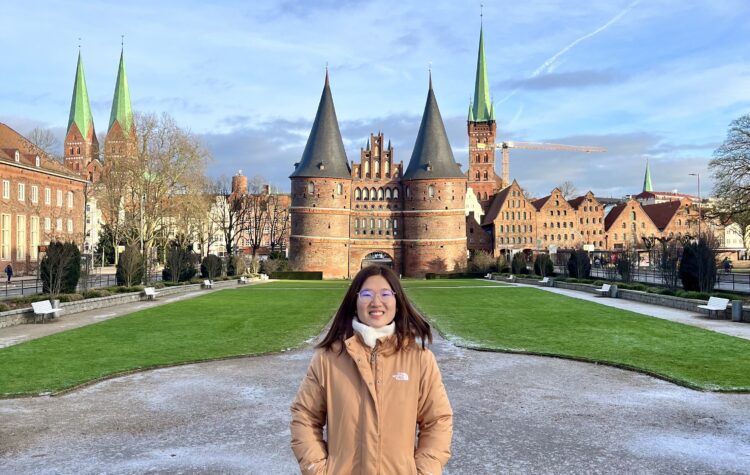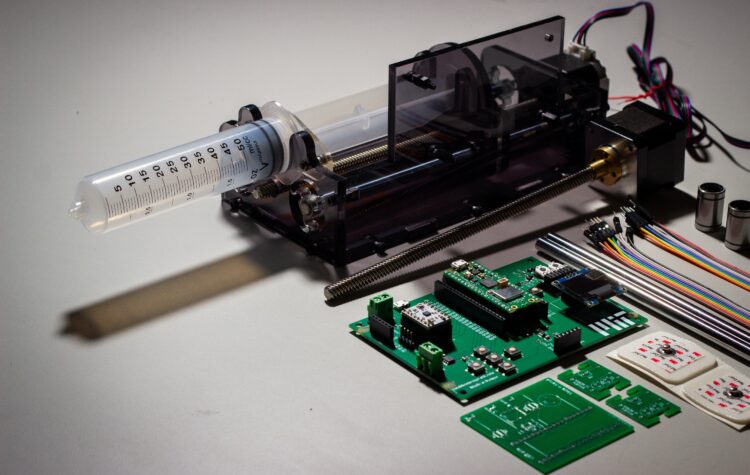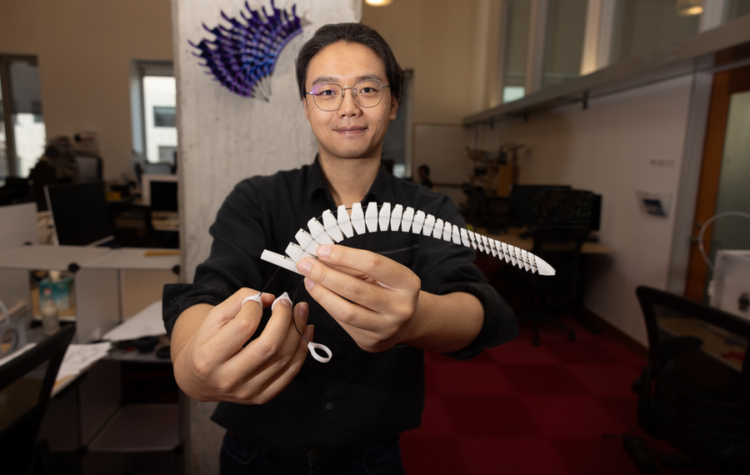
Student Spotlight: YongYan (Crystal) Liang
YongYan (Crystal) Liang, is a senior majoring in 6-2, Electrical Engineering and Computer Science. Liang has a particular interest in bioengineering and medical devices, which lead her to join the Living Machines track as part of NEET. A SuperUROP scholar, Liang was supported by the Nadar Foundation Undergraduate Research and Innovation Scholar award for her project, which focused on steering systems for intravascular drug delivery devices. A world traveler, Liang has also taught robotics to students in MISTI GTL (Global Teaching Labs) programs in Korea and Germany–and is involved with the Terrascope and Medlinks communities.

A team at MIT have created a “lab kit in a box” made of locally sourced and easily replaced materials for biomedical students working in Kenya and Uganda, where supply chain and environmental issues can compound technological problems with medical equipment.

The Tactile Vega-Lite system, developed at MIT CSAIL, streamlines the tactile chart design process; could help educators efficiently create these graphics and aid designers in making precise changes.

MIT researchers developed a photon-shuttling “interconnect” that can facilitate remote entanglement, a key step toward a practical quantum computer.

Researchers fuse the best of two popular methods to create an image generator that uses less energy and can run locally on a laptop or smartphone.

“Xstrings” method enables users to produce cable-driven objects, automatically assembling bionic robots, sculptures, and dynamic fashion designs.

MIT researchers crafted a new approach that could allow anyone to run operations on encrypted data without decrypting it first.

All promotions and appointments will take effect July 1, 2025.
High-performance computing, with much less code
The Exo 2 programming language enables reusable scheduling libraries external to compilers.

The Institute also ranks second in seven subject areas.